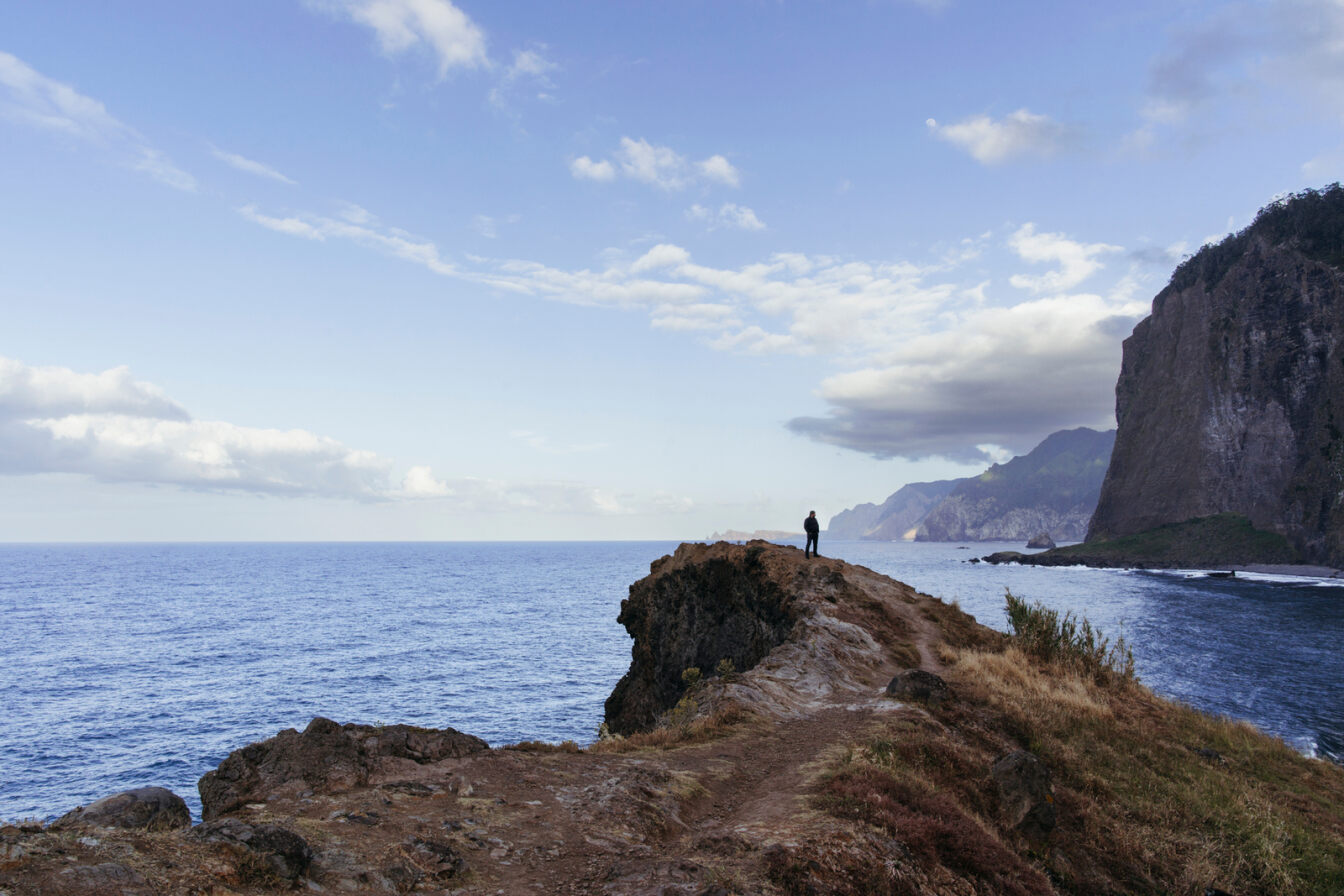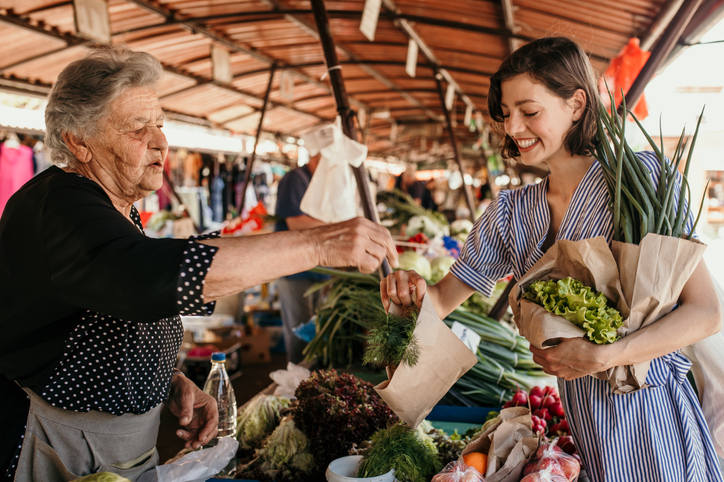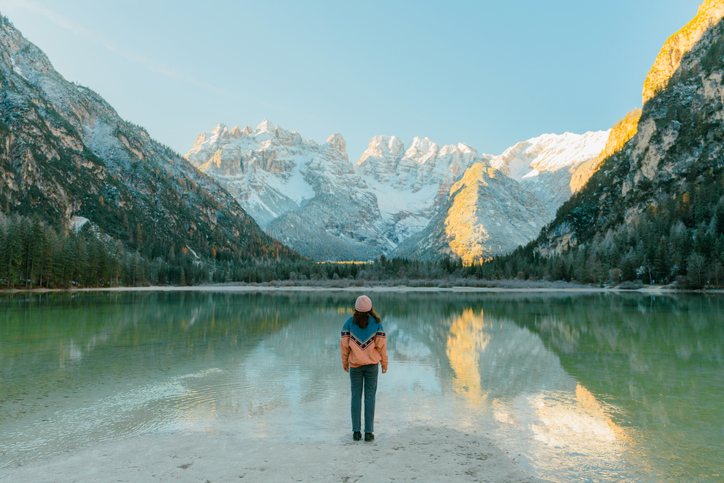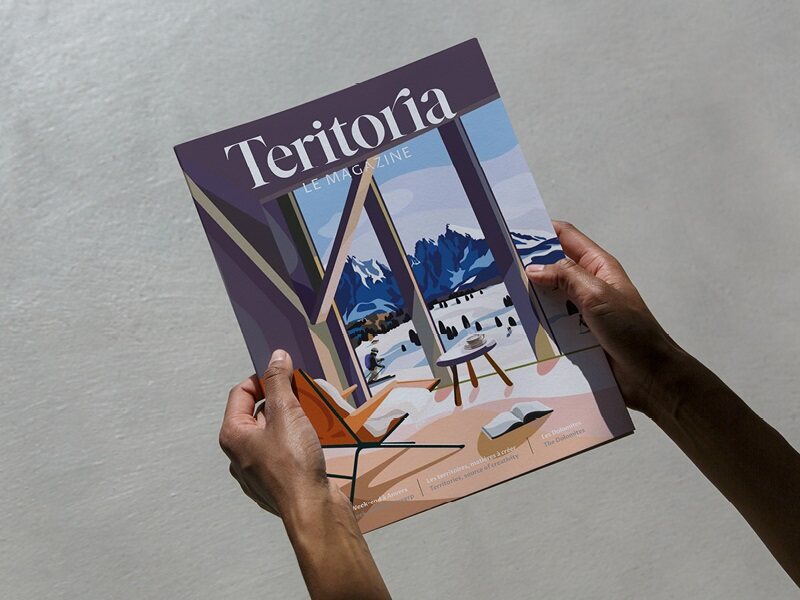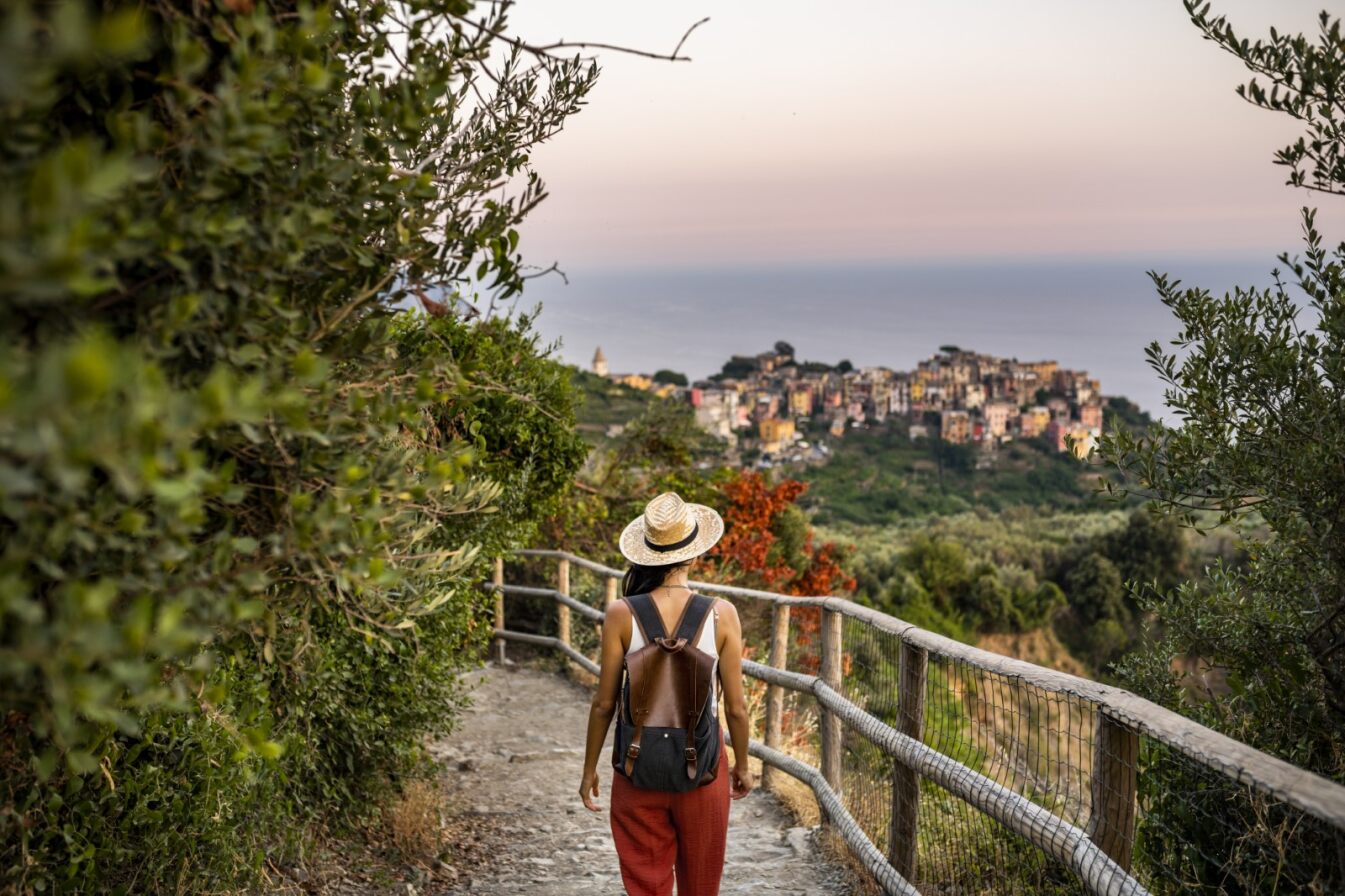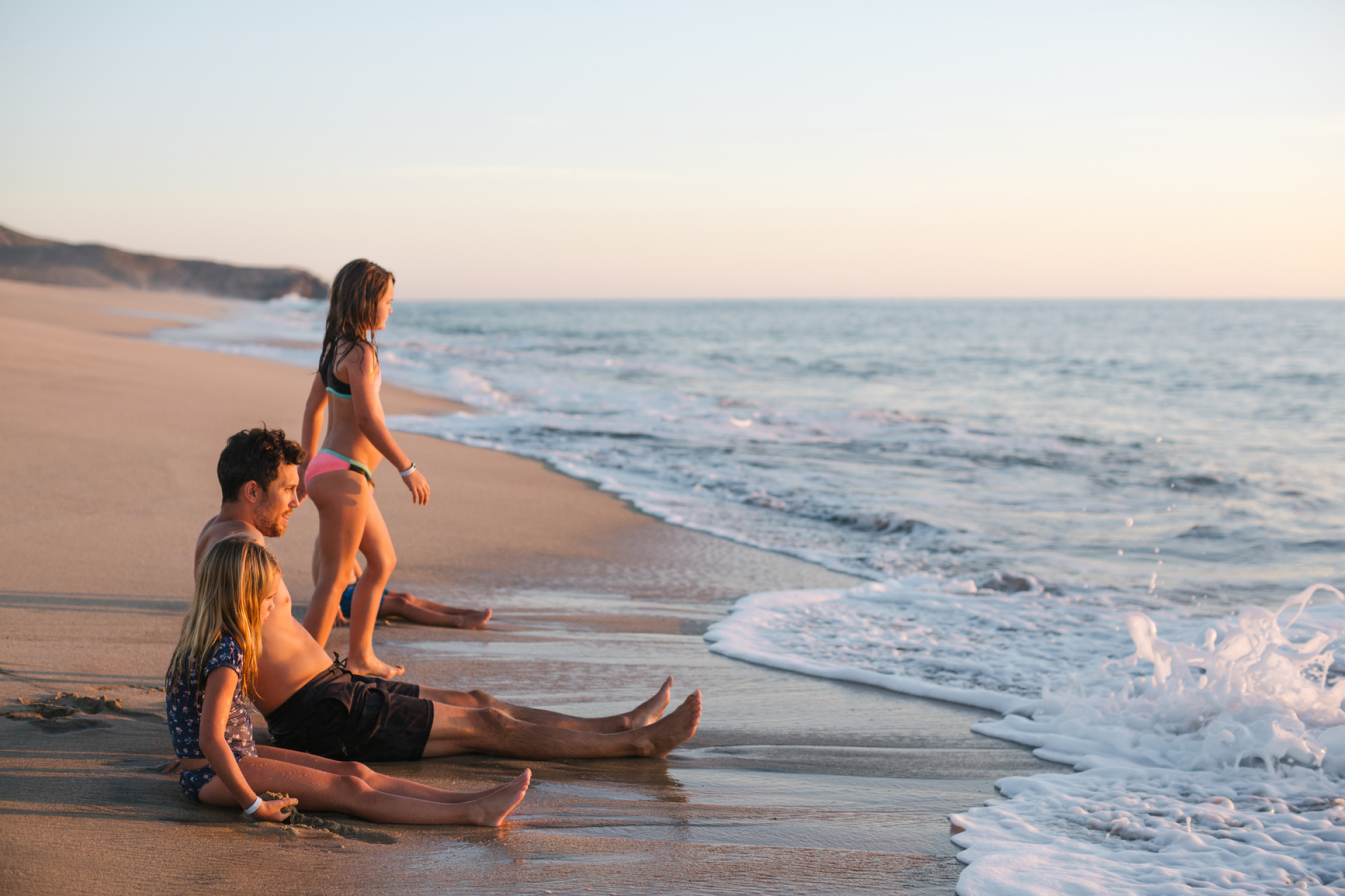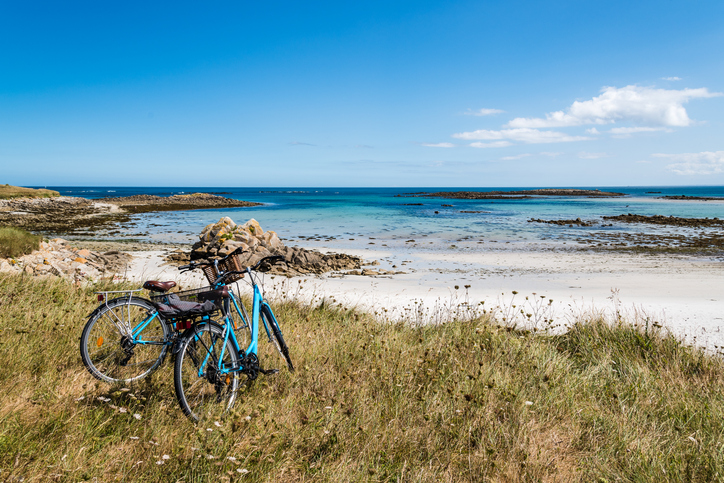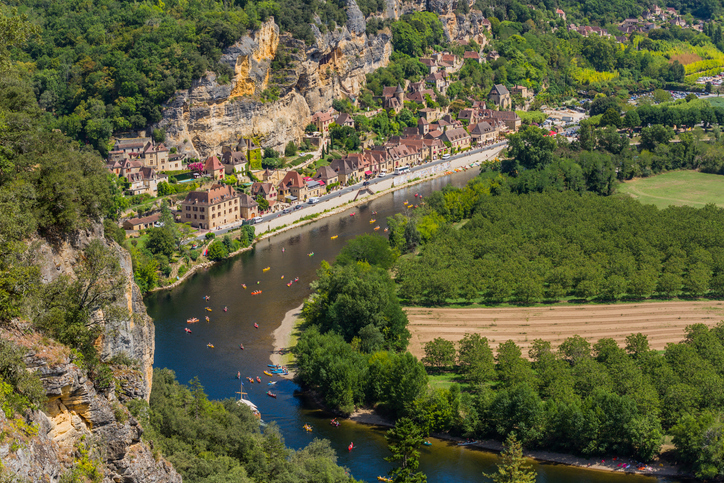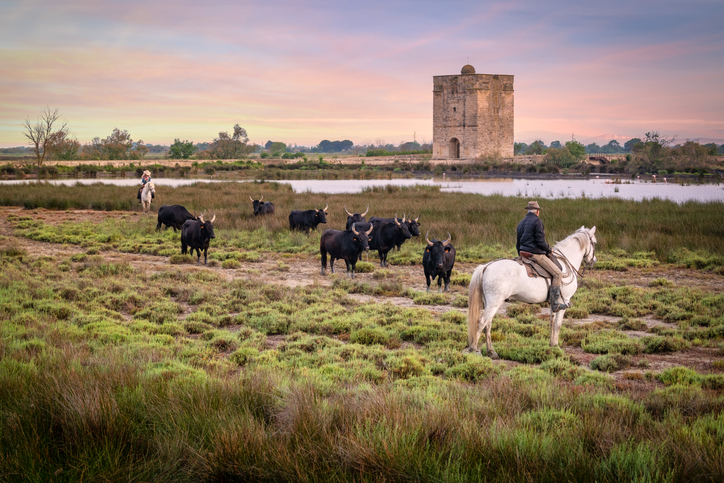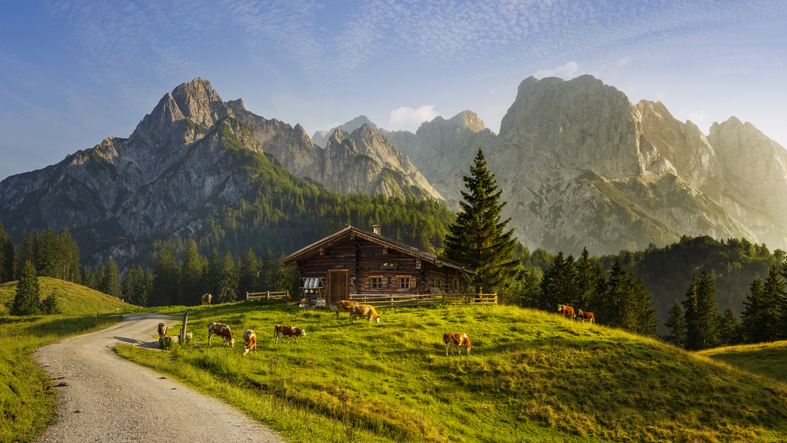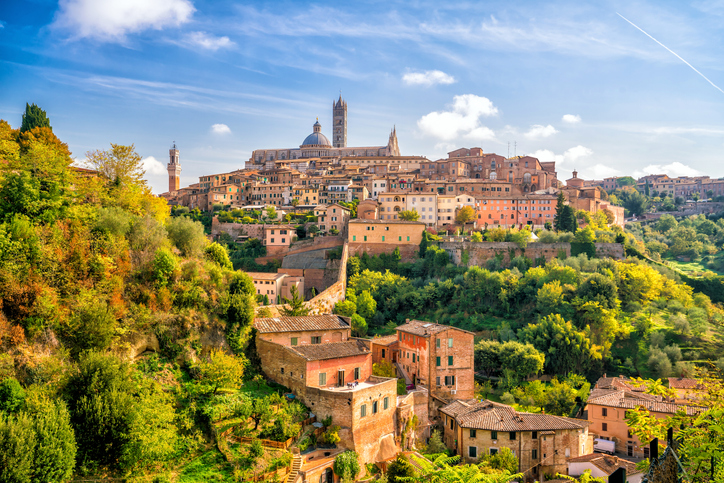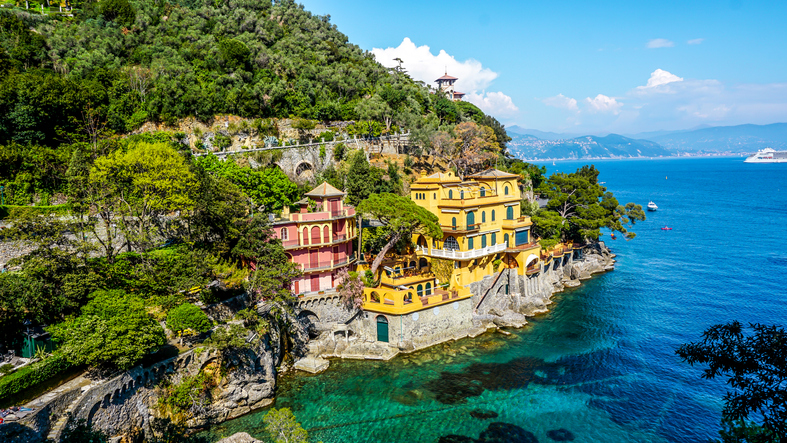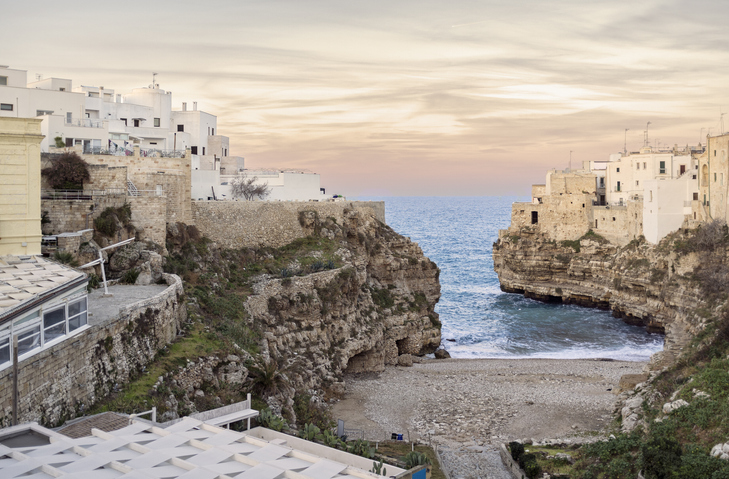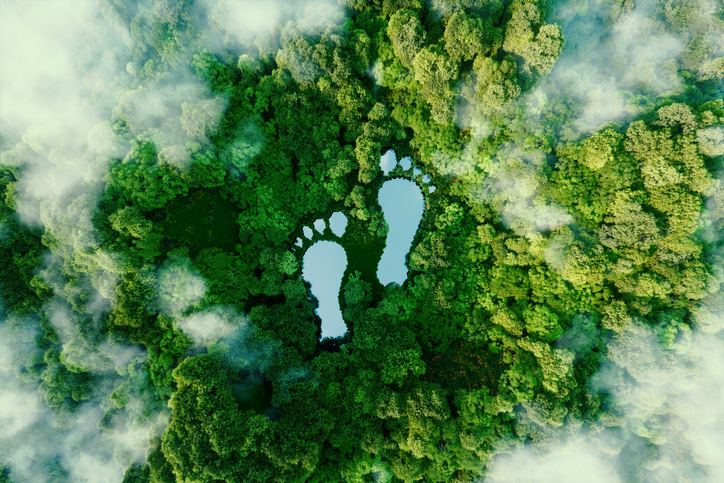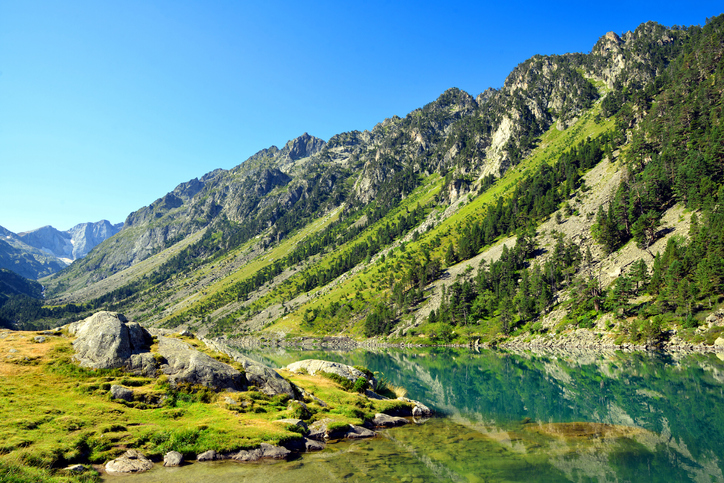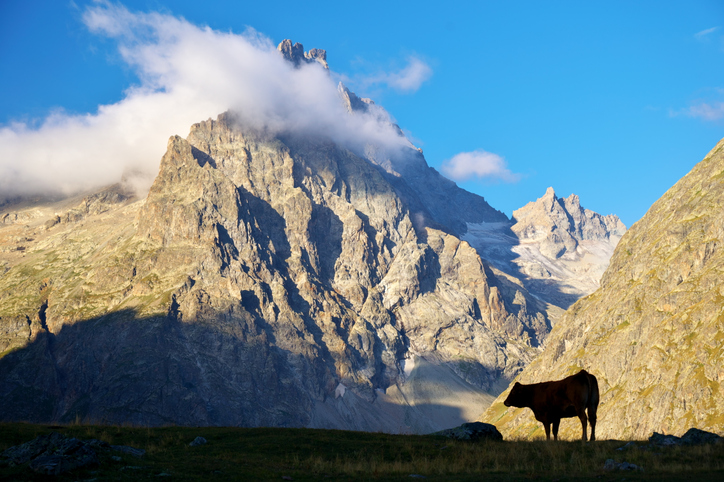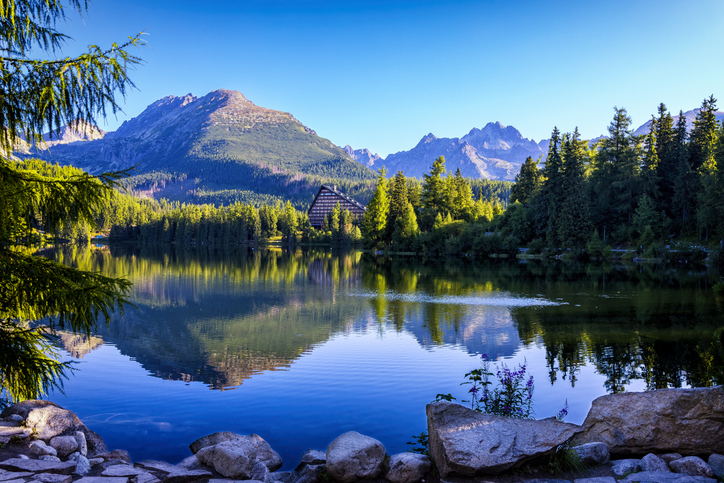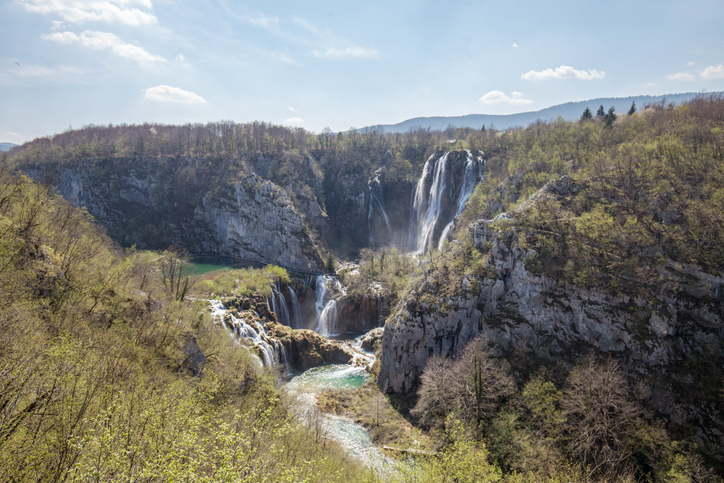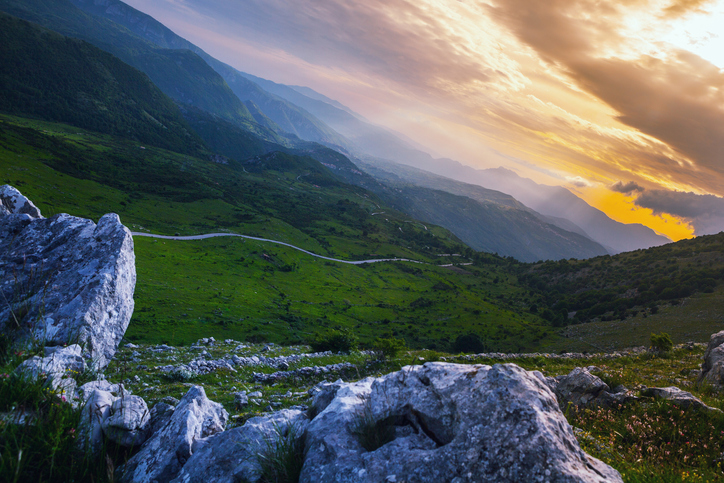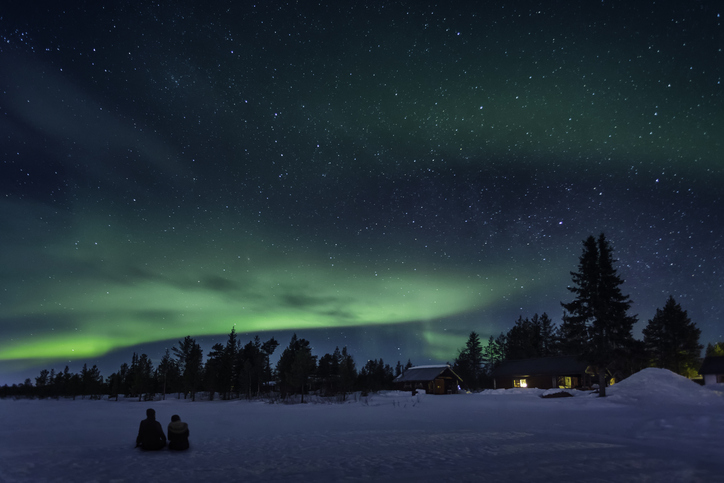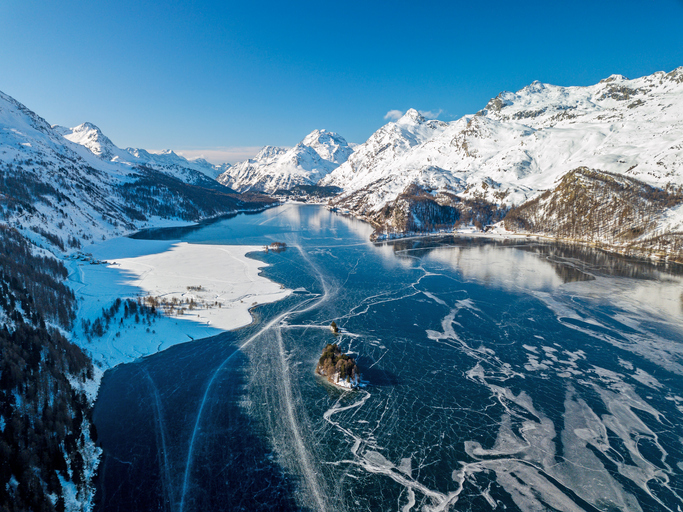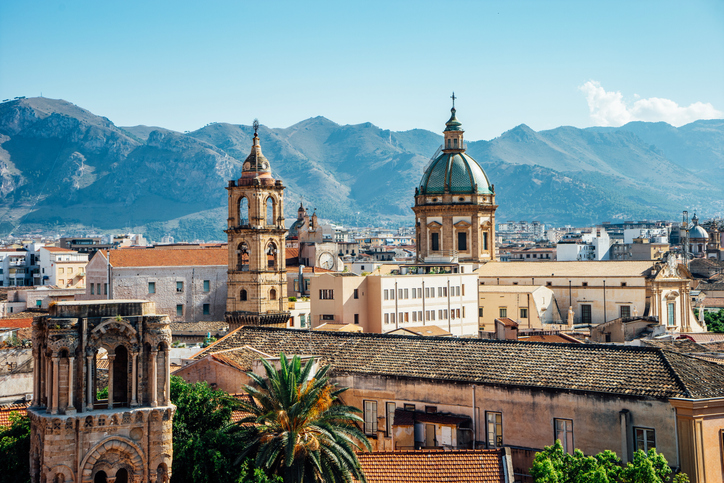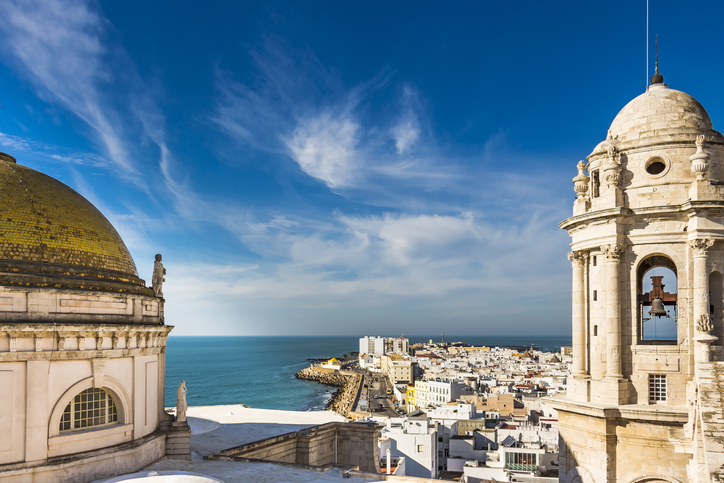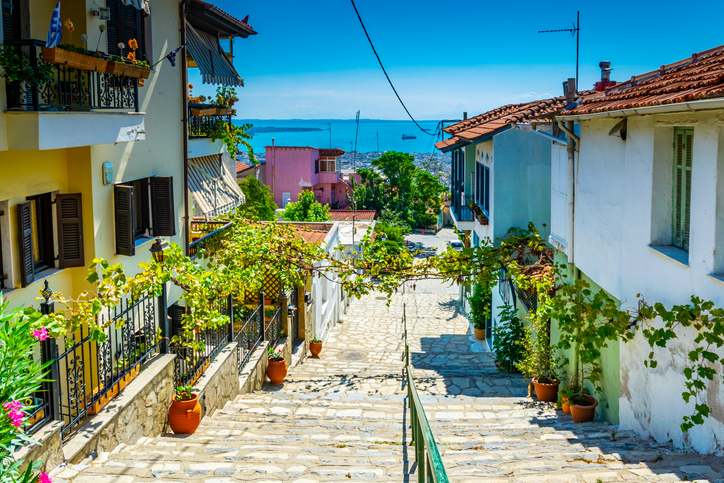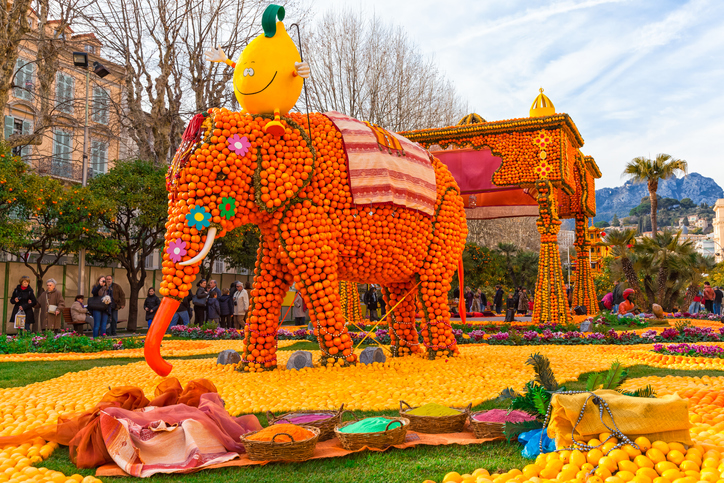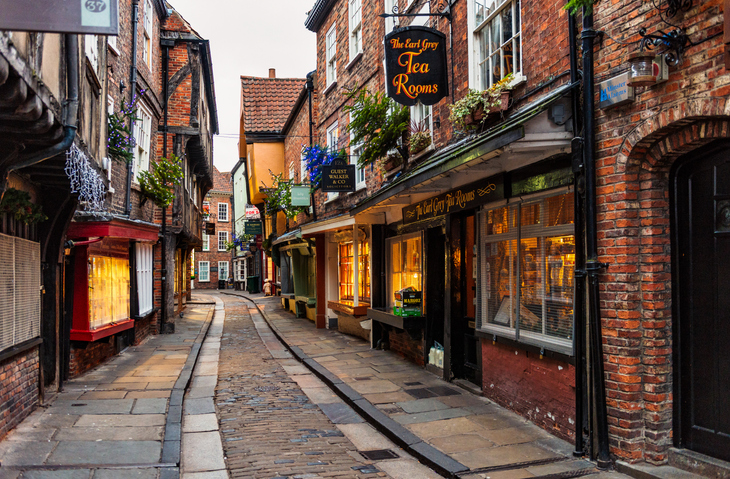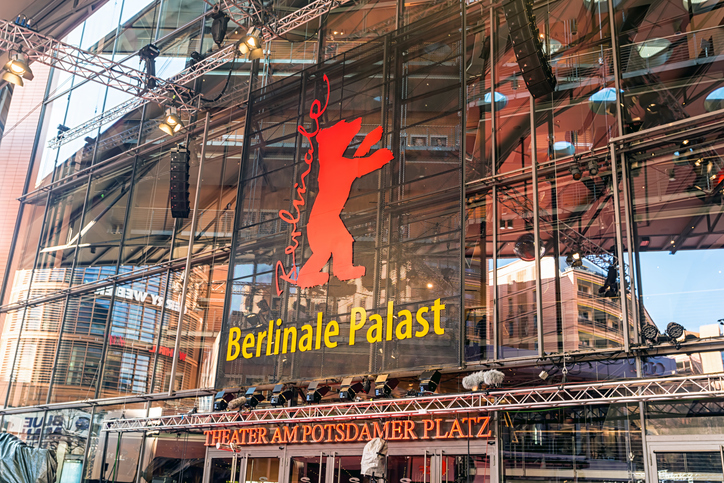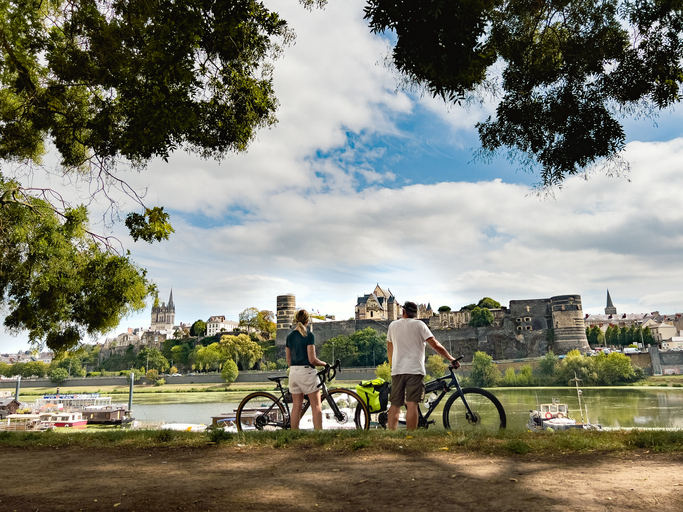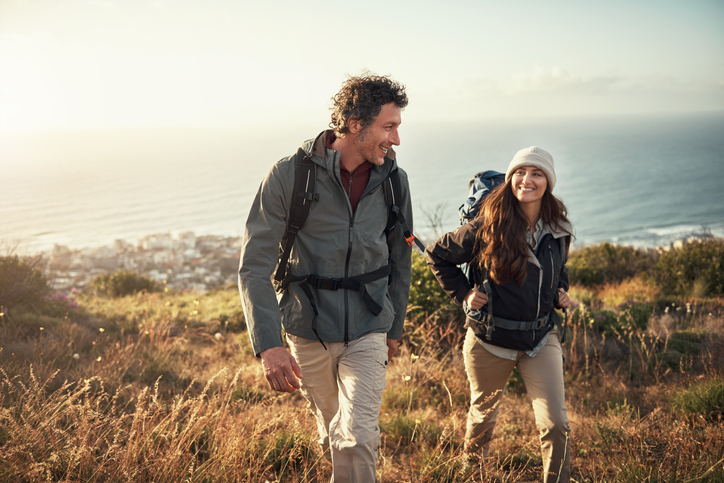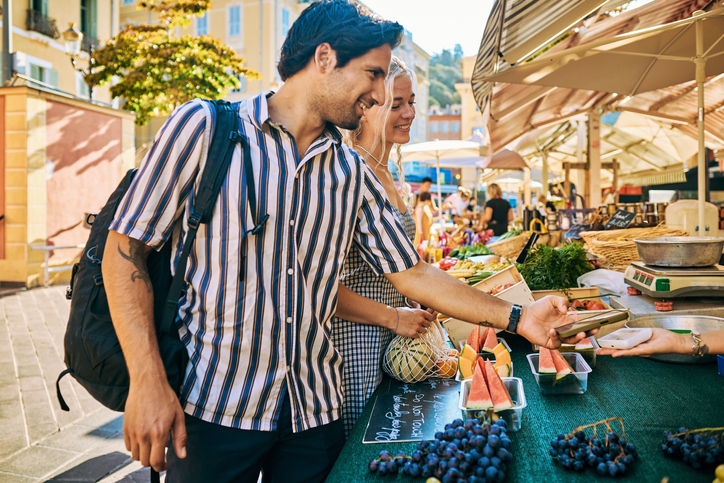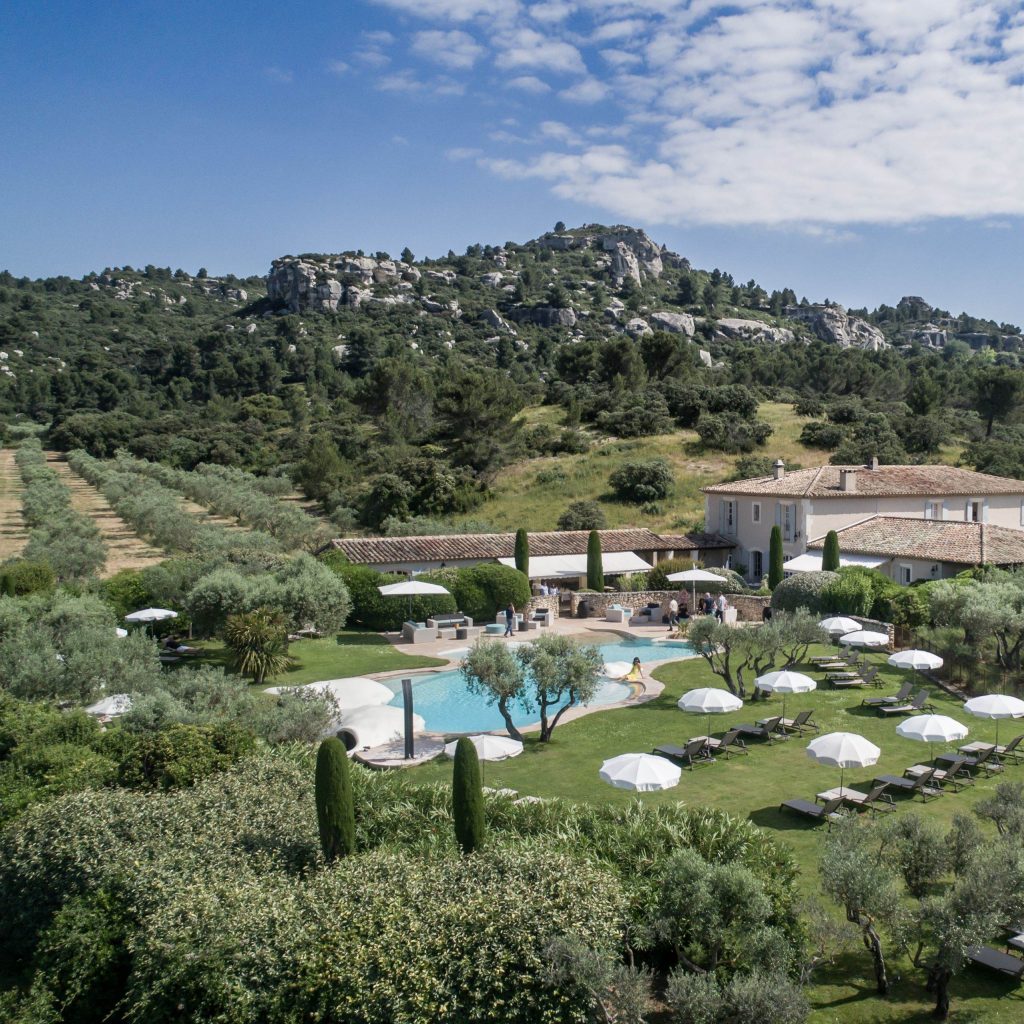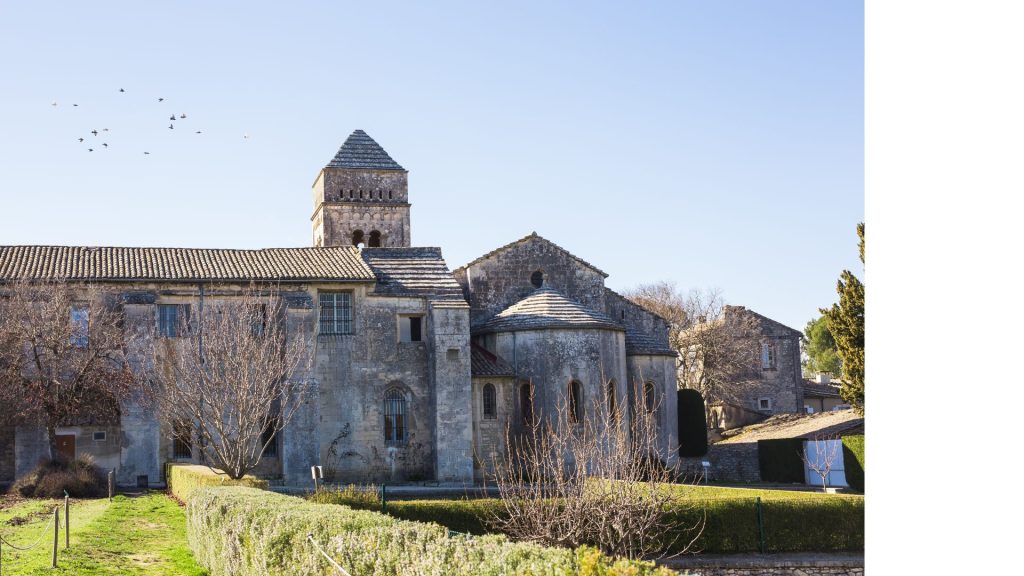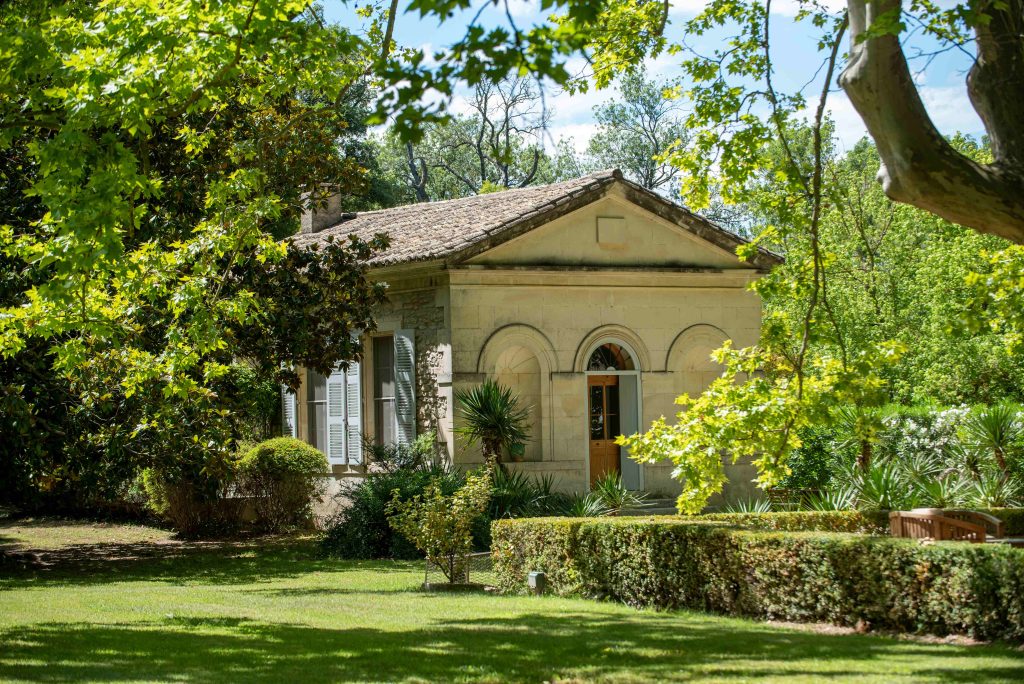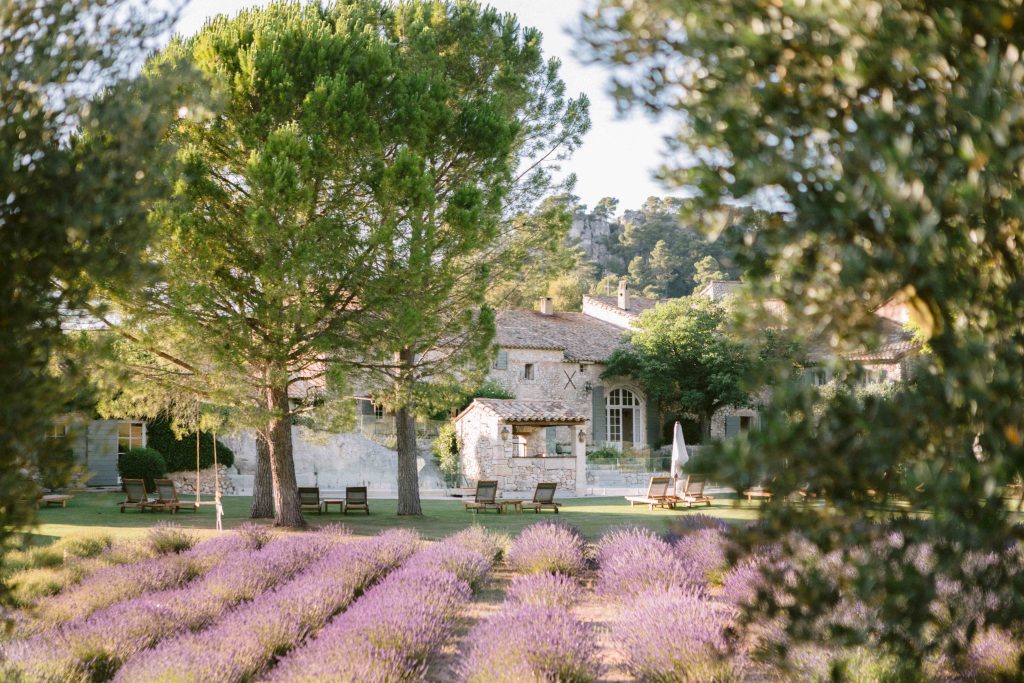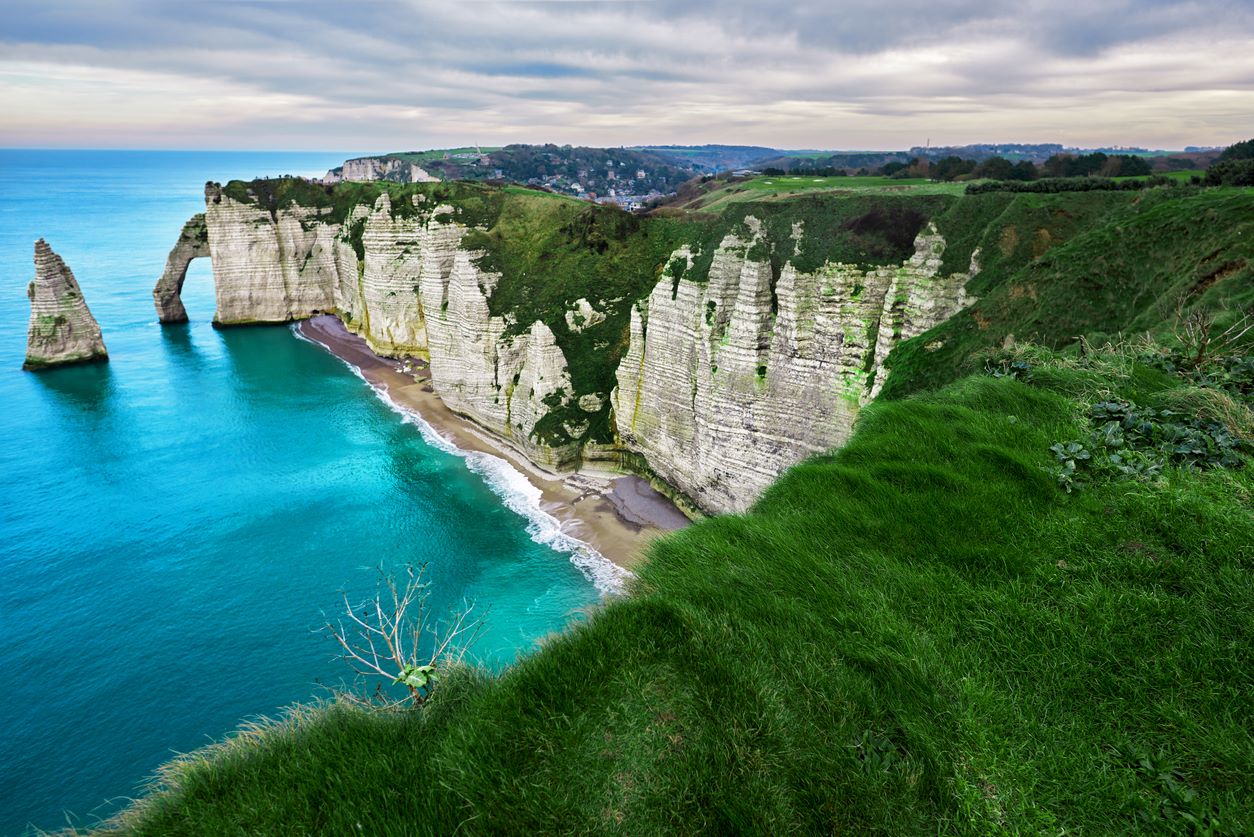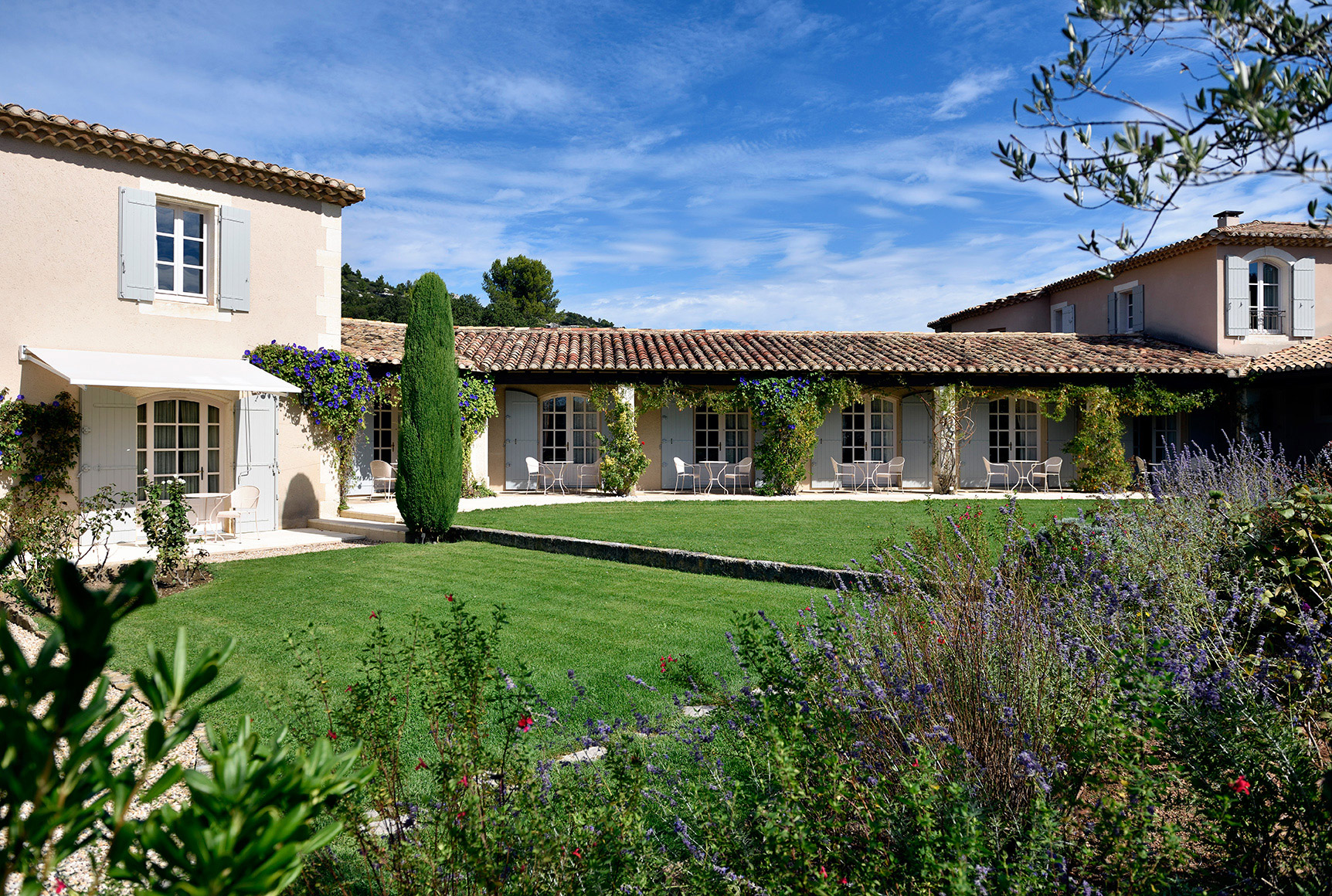To whet your appetite, let’s take a closer look at Easter traditions across the continent.
Where Does the Easter Chocolate Tradition Come From?
The tradition of Easter chocolate dates back several centuries, blending cultural, religious, and artisanal influences. While often associated with Christianity, its origins are more complex. Discover the origins and traditions of Easter chocolate.
Chocolate eggs: a sweet tradition in France

In France, Easter is marked by a beloved sweet tradition: chocolate eggs. These treats, often beautifully decorated and presented in colorful baskets, are enjoyed by children and adults alike during the festive season. Chocolate eggs can be plain or filled with praline, caramel, or other delicious flavors.
In addition to chocolate eggs, French pâtisseries offer special Easter creations. Chocolatiers compete to showcase their ingenuity with edible works of art, highlighting the richness of French chocolate-making expertise.
Italy: between chocolate eggs and “Colomba” cake
In Italy, while Christmas is traditionally a family-centered holiday, there’s a popular saying about Easter: “Natale con i tuoi, Pasqua con chi vuoi,” which means “Christmas with your family, Easter with whoever you want.” The expression reflects the value Italians place on freedom and flexibility when it comes to celebrating Easter with others.

Easter Monday, also known as Pasquetta, offers Italians a special opportunity to enjoy the outdoors and share a countryside picnic with family and friends. On this day, the eggs collected the day before are eaten, and no feast would be complete without Colomba, a traditional Easter cake shaped like a dove and known for its soft, sweet flavor.
In addition to family celebrations, many Italians take advantage of the Easter weekend to getaway to the heart of Italy with friends, sometimes even going camping.
Take this opportunity to treat yourself to a weekend in Italy and experience Easter traditions firsthand.
Spain: Mona de Pascua and Mediterranean flavors
In Spain, Easter is marked by the Mona de Pascua, a traditional cake decorated with colored eggs. This festive treat is often made with local ingredients like olive oil, almonds, and dried fruit, reflecting classic Mediterranean flavors.

The Mona de Pascua is often customized to individual tastes, with chocolate eggs, sweet figurines, and other decorative touches. Spanish families gather to share and enjoy this delicious cake.
Germany: between chocolate eggs and “Osterzopf”
In Germany, Easter is associated with a variety of culinary traditions, from egg decorating to the preparation of Osterzopf, a braided brioche flavored with vanilla and studded with dried raisins. This pastry is often shared at Easter breakfast or brunch.

In Germanic countries, Easter celebrations follow two distinct traditions. In Austria and Germany, one features a hare who plays the role of generous chocolate egg distributor, carefully hiding them in family gardens.
However, in Tyrol, a variation of this tradition favors reality over fantasy. In this region, it’s a hen that’s entrusted with the delicate task of delivering the chocolate eggs.
Greece: Tsoureki and religious celebrations
In Greece, Easter holds deep religious significance. For the occasion, people prepare Tsoureki, a sweet, braided bread decorated with colored eggs. This special bread is often blessed at church on Easter Saturday.

Explore France and Europe to discover Easter traditions with Teritoria.
Teritoria is a community of hoteliers and restaurateurs committed to offering sustainable and authentic hospitality. Passionate about tourism that mark the spirits, not the planet, we invite you to explore France and Europe through their Easter traditions. Discover the regions, meet the locals, learn about their customs, and taste their traditional dishes.
Discover the most beautiful getaways for an unforgettable Easter weekend.
Want to treat your loved ones? Discover our gift boxes for an unforgettable Easter weekend. Sign up for our newsletter to stay up to date with the latest news from Teritoria.

